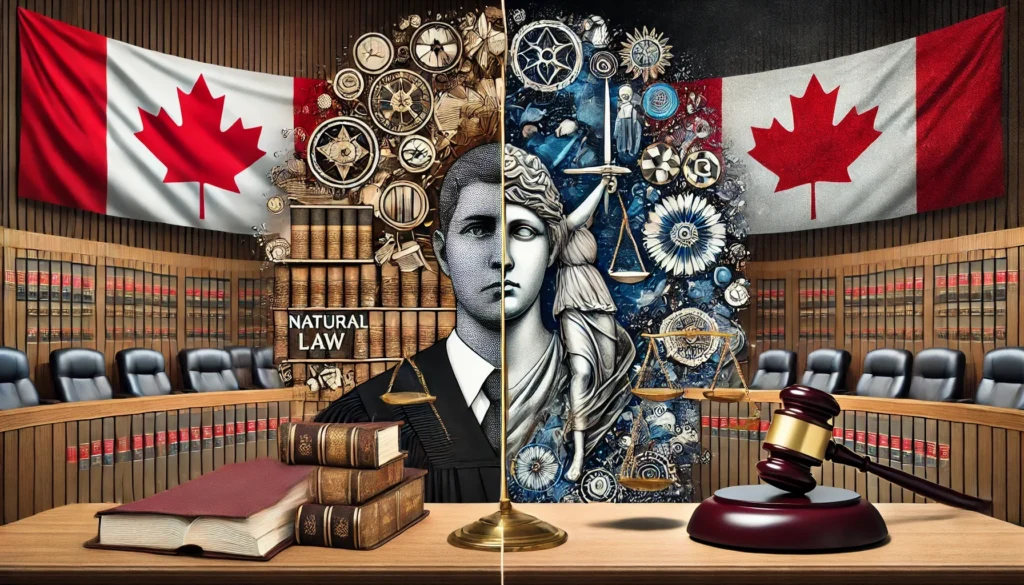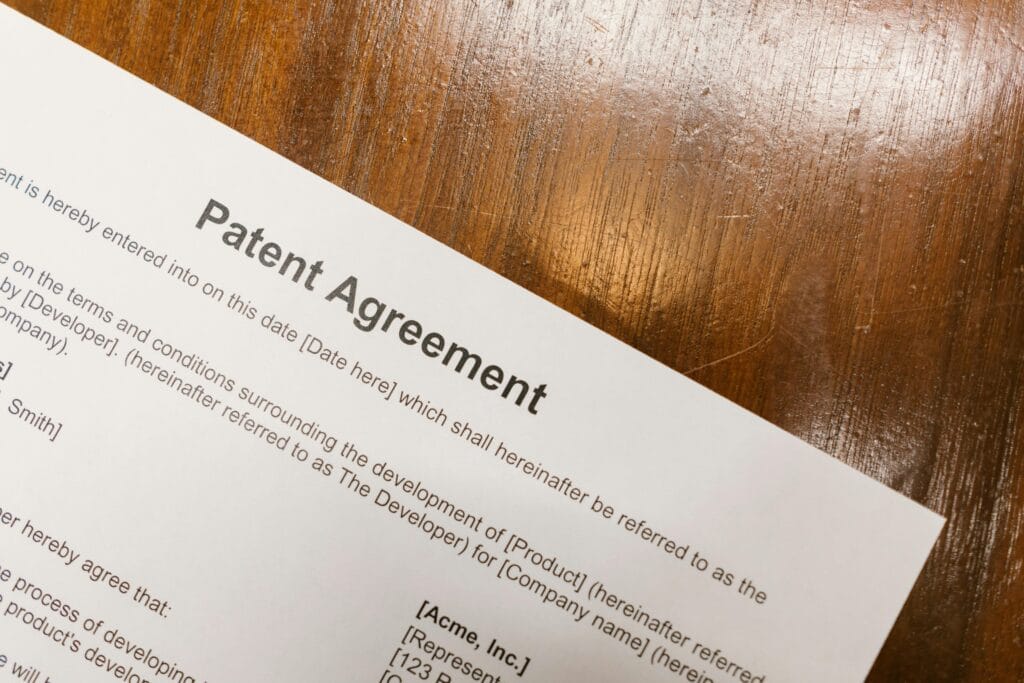Human Rights Protection in Canada’s legal framework has been significantly strengthened through the adoption of the Canadian Charter of Rights and Freedoms in 1982. This Charter, as part of Canada’s Constitution, plays a fundamental role in safeguarding individual rights and freedoms in a country known for its commitment to justice and equality. By setting out clear legal standards, the Charter protects citizens from government overreach and private violations, ensuring that their rights are respected in every aspect of public and private life.
The protection of human rights in Canada’s Charter covers a wide range of essential freedoms, including equality, liberty, and justice for all individuals, regardless of their background. The Charter serves as a foundational human rights instrument, making it one of the most comprehensive in the world. Its provisions protect against discrimination, uphold democratic participation, and provide legal guarantees to ensure fair treatment. Moreover, its influence extends beyond legal protection; it shapes Canadian society by promoting a culture of respect, inclusion, and accountability.
This article delves into how the Charter creates a robust framework for human rights protection, examining key legal principles, the specific rights it guarantees, and the wider significance of these protections in modern Canadian society. From foundational freedoms to evolving legal interpretations, the Charter’s impact on shaping a just and equitable society is undeniable.
Main Purpose of the Charter
The protection of human rights in the Canadian Charter is based on a simple principle: everyone deserves equal treatment under the law. The Charter guarantees several fundamental rights, such as freedom of expression, equality, and the right to life and liberty. It acts as a defense against abuses of power by both the government and private organizations. Moreover, it holds the legal system accountable for upholding these values.
Key Rights and Freedoms in the Charter
The Charter defines essential rights that protect Canadian citizens in different ways:
- Fundamental Freedoms: These include freedom of conscience, religion, thought, expression, peaceful assembly, and association. These freedoms allow Canadians to live their lives without unjust interference from the government.
- Democratic Rights: Every Canadian citizen has the right to vote and stand for public office in federal and provincial elections. This ensures their participation in the country’s democratic process.
- Mobility Rights: Canadians can live and work anywhere within the country. They also have the right to leave and return to Canada freely.
- Legal Rights: The Charter protects life, liberty, and security. It shields individuals from unreasonable searches and seizures, arbitrary detention, and ensures fair legal procedures.
- Equality Rights: Section 15 of the Charter guarantees equal treatment under the law, banning discrimination based on race, ethnicity, gender, age, religion, or disability.
- Language Rights: It also protects the linguistic rights of Canadians, recognizing both English and French as official languages. It guarantees access to services in both languages, as well as minority language education.
How the Charter Protects Human Rights
The Charter safeguards rights through its application in courts. Canadian judges interpret the Charter to address modern challenges, ensuring its relevance. Issues like digital privacy, discrimination against marginalized groups, and Indigenous rights come under the Charter’s protection. By adapting to new social and legal issues, the Charter remains flexible, protecting individual rights while balancing broader societal needs. Moreover, regular court rulings ensure it stays effective in today’s world.
Challenges and Limitations
Despite its broad protections, the Charter has limitations. Section 1, the reasonable limits clause, allows the government to restrict rights under certain conditions. For instance, during emergencies, such as a pandemic, the government can limit mobility rights to protect public health. The notwithstanding clause (Section 33) allows governments to pass laws that override certain Charter rights temporarily. Although rarely used, it highlights the balance between individual rights and broader public policy.
The Role of Judicial Oversight
Courts ensure that the protection of human rights in the Canadian Charter works in real-world scenarios. Landmark cases like R. v. Oakes (1986) established a test to see if limiting rights is justified. Another important case, Vriend v. Alberta (1998), expanded protection against discrimination to include sexual orientation. These cases show how courts help the Charter evolve to cover more aspects of human rights.
Judicial oversight guarantees that government actions follow Charter standards. Courts play a critical role in reviewing legislation, policies, and government practices. This system ensures that misuse of power is prevented and gives individuals the right to challenge violations of their rights.
Building a Culture of Rights and Freedoms
Beyond the courts, the Charter promotes a culture of rights and freedoms across Canada. It serves as an educational tool, teaching citizens about their rights and responsibilities. Schools, universities, and public institutions often discuss the Charter’s importance. Public awareness campaigns emphasize its role in everyday life, encouraging Canadians to respect the rights of others. Additionally, the Charter sparks debate on how to balance individual rights with collective interests. This open dialogue strengthens democracy and encourages respect for the rule of law.
Ongoing Challenges
Maintaining the protection of rights requires constant attention. As new issues emerge, such as digital privacy and global political tensions, the Charter must adapt. Privacy concerns, for instance, are more complex in the digital age, where personal data is vulnerable. The Canadian legal system continues to evolve, ensuring that the Charter remains effective in addressing these new challenges.
How Does the Canadian Charter of Rights and Freedoms Safeguard Human Rights in a Changing Society?
1. Core Protection of Rights and Freedoms
The Canadian Charter of Rights and Freedoms plays a pivotal role in safeguarding human rights by embedding key freedoms and legal protections in Canada’s legal framework. It ensures that fundamental rights—such as equality, freedom of expression, and the right to a fair trial—are upheld for all citizens, regardless of background. The Charter acts as a protective shield, holding governments accountable for respecting individual rights and preventing abuses of power. As Canada’s society and legal landscape evolve, the Charter remains a critical tool for ensuring justice, fairness, and inclusivity.
2. Adaptability to Evolving Challenges
One of the Charter’s defining strengths lies in its adaptability. Society is constantly changing, and so are the challenges that affect human rights. Issues such as digital privacy, systemic discrimination, and new forms of inequality require legal interpretations that fit modern realities. Courts, particularly the Supreme Court of Canada, play an essential role in interpreting the Charter to address these contemporary issues. Landmark rulings, for instance, have expanded protections for LGBTQ+ rights, reinforced gender equality, and recognized Indigenous rights. Through these interpretations, the Charter remains relevant, capable of addressing emerging human rights concerns.
3. Empowering Individuals to Assert Their Rights
The Charter also empowers individuals to challenge laws or government actions that infringe upon their rights. By providing a framework through which citizens can assert their rights in court, the Charter promotes a culture of accountability and justice. Whether through individual cases or class action lawsuits, the Charter has been invoked to defend against unjust practices, government overreach, or laws that disproportionately affect marginalized groups. This ensures that even in the face of new societal challenges, such as advancements in artificial intelligence or mass surveillance, Canadians retain the legal means to safeguard their personal freedoms.
4. Fostering a Culture of Human Rights Awareness
Furthermore, the Charter contributes to a broader culture of human rights awareness in Canada. It not only establishes legal standards but also promotes education, discussion, and advocacy on issues of equality, justice, and freedom. This legal and cultural commitment to human rights helps maintain Canada’s reputation as a just and democratic society, where the dignity of all individuals is protected. As new challenges arise, from privacy issues to combating systemic discrimination, the Charter continues to serve as a flexible yet firm foundation for defending and promoting human rights in a rapidly changing world.
5. A Living Document for the Future
In essence, the Canadian Charter of Rights and Freedoms is not just a static legal document but a living framework that evolves to meet the needs of modern society. Its ongoing relevance and adaptability ensure that it remains a powerful force for justice, equality, and human dignity, now and in the future.
Conclusion
In summary, the Canadian Charter of Rights and Freedoms is a cornerstone of Canada’s commitment to justice, equality, and human rights. It provides clear legal protections for fundamental freedoms and empowers individuals to hold both the government and private entities accountable. By ensuring the protection of rights, such as equality, freedom of expression, and democratic participation, the Charter acts as a safeguard against abuses of power.
Moreover, its adaptability to new challenges—whether in the realm of digital privacy, systemic discrimination, or emerging legal issues—demonstrates its enduring relevance. The Charter is not just a legal framework, but a living document that grows with society, ensuring that justice is upheld in an ever-changing world. As society continues to evolve, the Charter’s role in promoting a culture of respect, inclusion, and accountability will remain critical to safeguarding the values that define Canada’s identity.



